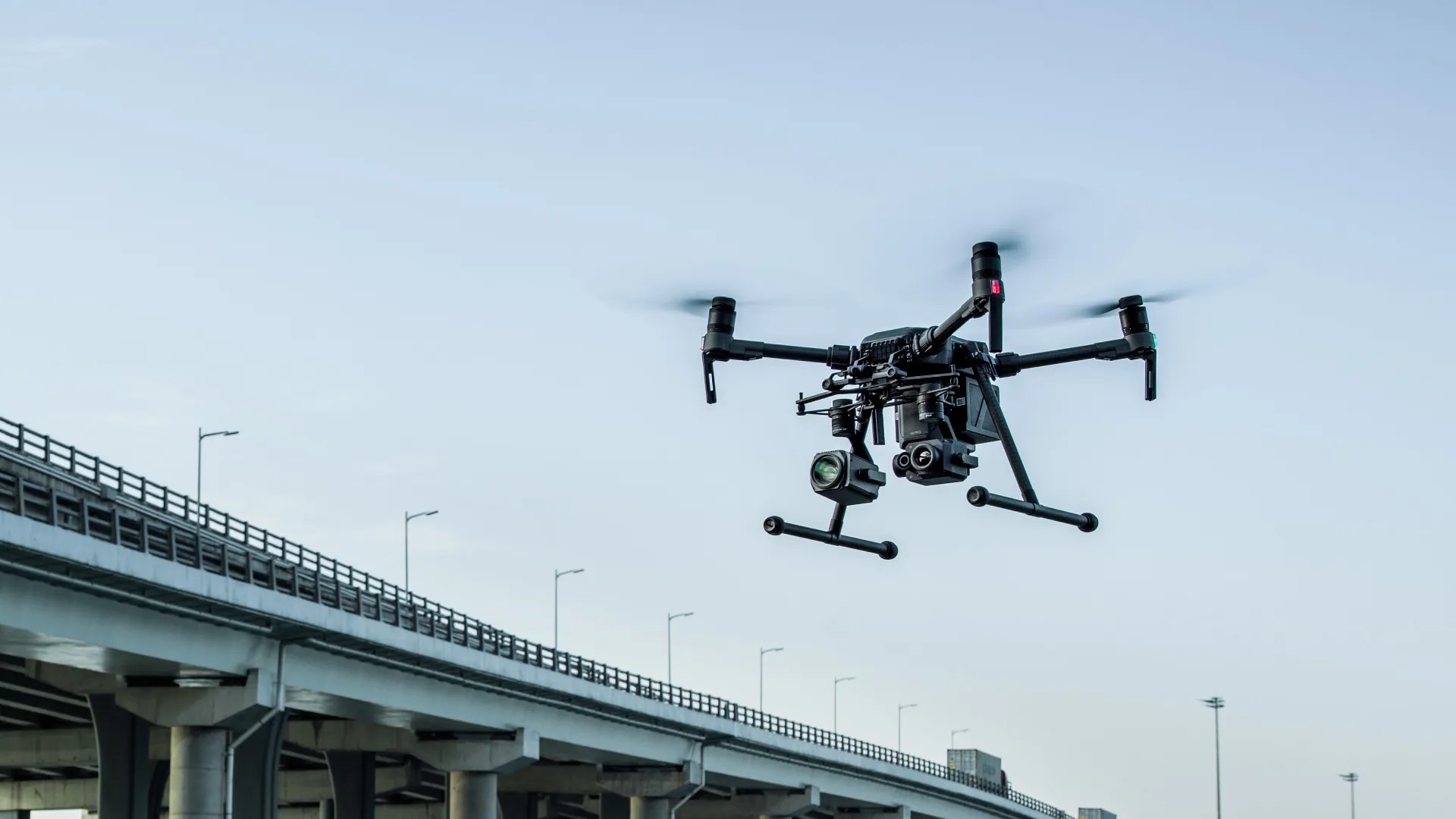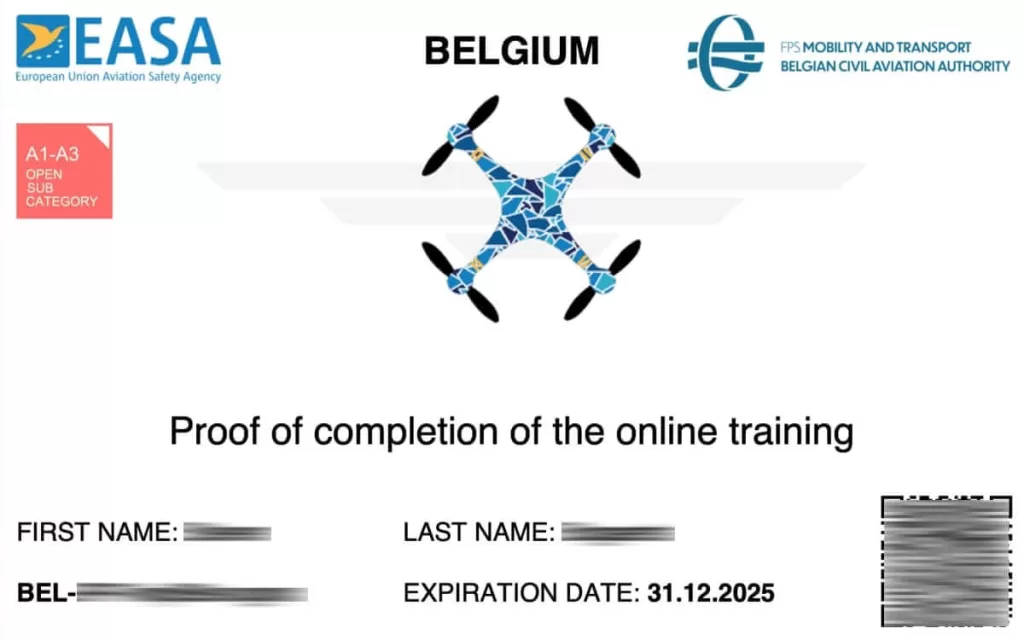At DroneView.be, we frequently receive questions about drone licences, regulations, and what is or isn’t allowed when flying a drone in Belgium. And with good reason—information is often scattered, outdated, or incomplete. That’s why we decided to publish this comprehensive, up-to-date article to explain everything clearly. Whether you’re a hobbyist curious about flying rules, or you’re aiming to become a professional drone operator, this guide will get you started the right way.
The Three Categories According to EASA
Since 2021, drone flights in Europe fall under EASA regulations. These rules don’t distinguish between recreational and commercial use but instead focus on the risk level of the flight. There are three main categories:
1. Open Category
For low-risk flights. No prior authorisation is needed as long as you follow the rules. It is divided into subcategories A1, A2, and A3:
-
A1: Flying over uninvolved people is allowed (but not over crowds). Only with drones under 250g or with a C1 label.
-
A2: Flying near people (at least 30m away, or 5m with slow-mode). Only with drones with a C2 label.
-
A3: Flying far from people and buildings. For heavier or older drones (over 250g without a C-label).
For all of these, you need at least the A1/A3 certificate, which you can obtain for free through the Belgian aviation authority (DGLV).
Important: Many websites offer paid courses for the A1/A3 exam, but the exam itself is completely free through the Belgian government’s Drone Portal.
2. Specific Category
For higher-risk flights, such as:
-
Flying heavier drones in urban areas
-
Flying beyond visual line of sight (BVLOS)
-
Infrastructure or industrial inspections
You’ll need approval from the DGLV, based on a standard scenario (STS) or your own risk analysis (SORA). You’ll also need an Operations Manual and appropriate training.
3. Certified Category
For drones carrying people or with extremely high risk. This category is not yet operational in Belgium for civilian use.
C-labels: Which Drone for Which Category?
Newer drones come with a C0 to C4 classification. These determine which subcategory you can fly in:
-
C0: under 250g – A1 allowed
-
C1: under 900g with tech specs – A1
-
C2: under 4kg with additional features – A2
-
C3/C4: under 25kg – A3
If you have an older drone without a C-label (above 250g), since 2024 you’re only allowed to fly it under A3 rules.
Training and Exams
To fly legally in the Open category, you need at least the A1/A3 certificate. You take a free online course and exam via the Belgian Drone Portal.
If you want to fly under A2 (closer to people), you must:
-
Study additional theory (e.g., via a certified drone school)
-
Pass a physical exam at the DGLV in Brussels
-
Submit a self-declared practical skills form (after training safely on your own)
For the Specific category, certified training centres in Belgium include:
-
EU Drone School
-
EUROUSC-Benelux
-
FlyeX
-
HeliProtection
-
DronePort Academy
Insurance and Registration
Before flying, make sure you:
-
Take out liability insurance
-
Register as a drone operator via the Drone Portal
-
Label your drone with your operator ID
Conclusion
If you want to fly drones in Belgium today, knowing the regulations is essential. Fortunately, you can get started with a free online course and earn your A1/A3 certificate quickly. Ready for more? Then take the next step towards A2 or even the Specific category.
At DroneView.be, we’ve seen how hard it is to find clear, complete, and accurate information in one place. This article aims to fix that, giving Belgian drone pilots—both beginners and advanced users—a trustworthy reference.
Above all: enjoy flying your drone, but always do it safely and responsibly. Respect the privacy and safety of others. Thanks to the EASA regulations, you can fly with your licence across the entire EU—but the responsibility lies with you to do so correctly.
We hope this article has helped guide you toward making the right decisions. Best of luck—and happy flying!
Sources & useful links: Belgian drone regulations (FOD Mobility – DGLV) mobilit.belgium.be, EASA guidelines, Droneguide (airspace maps), and websites of certified training centres. Use this information as a starting point and stay up to date—the drone world is evolving fast!

